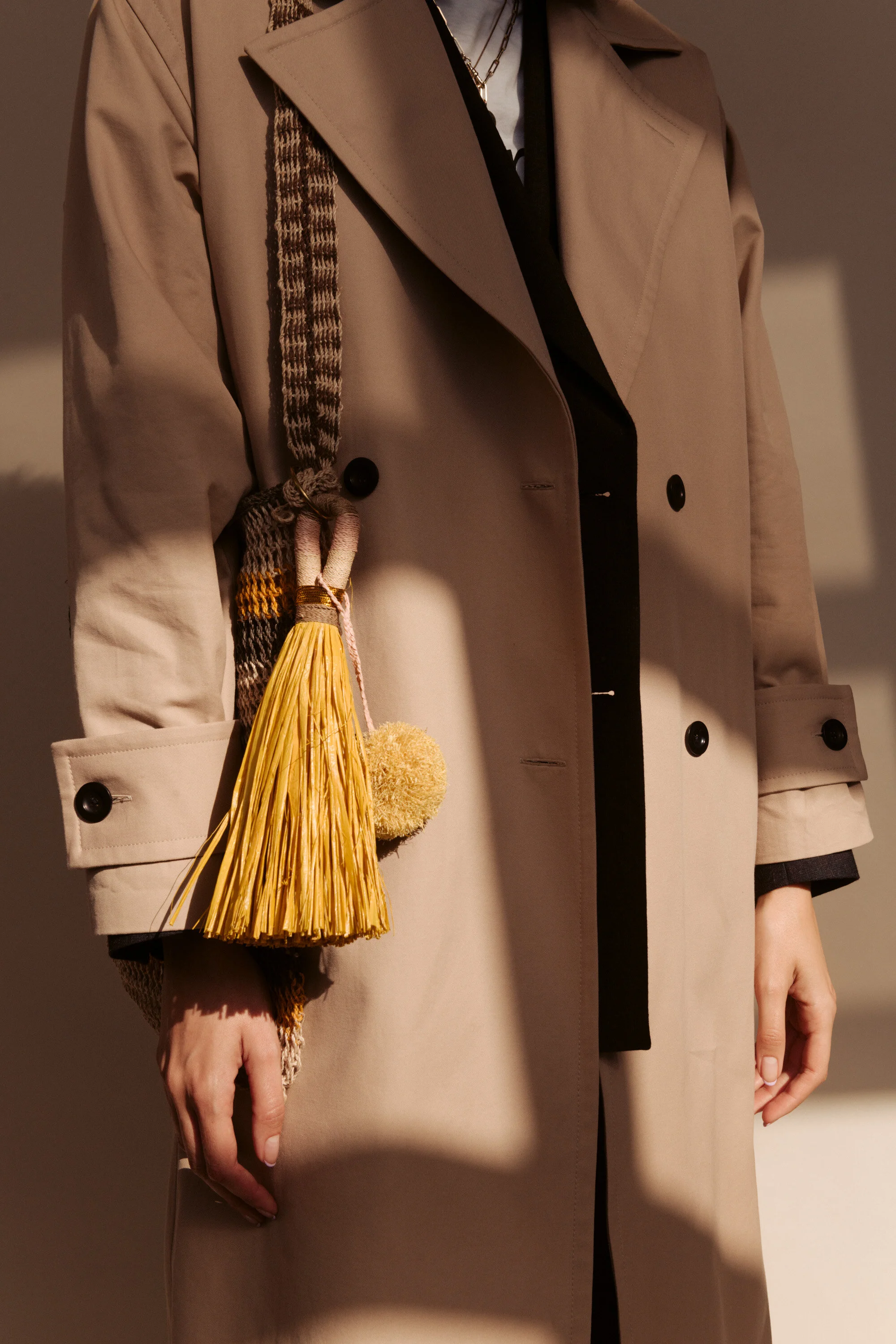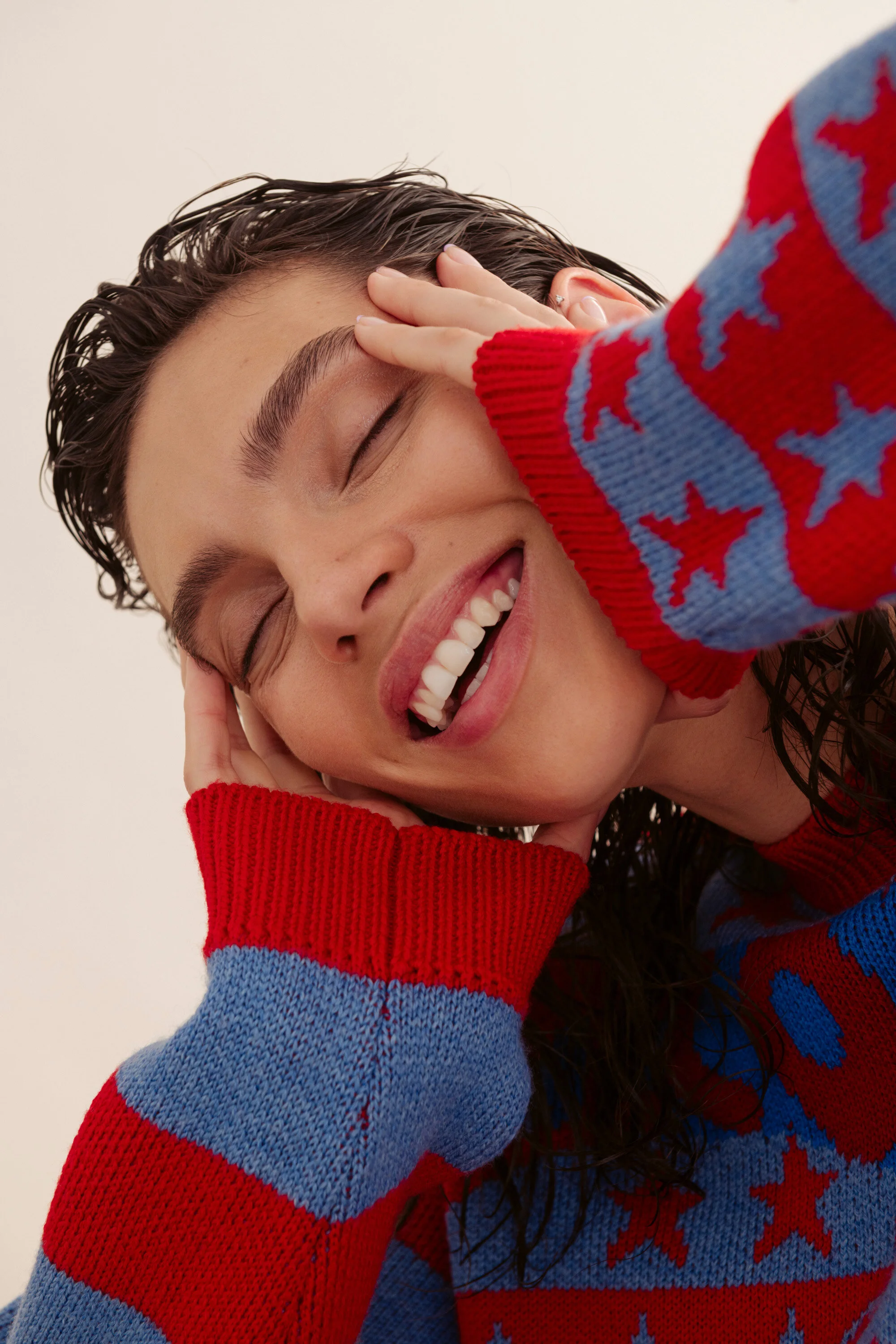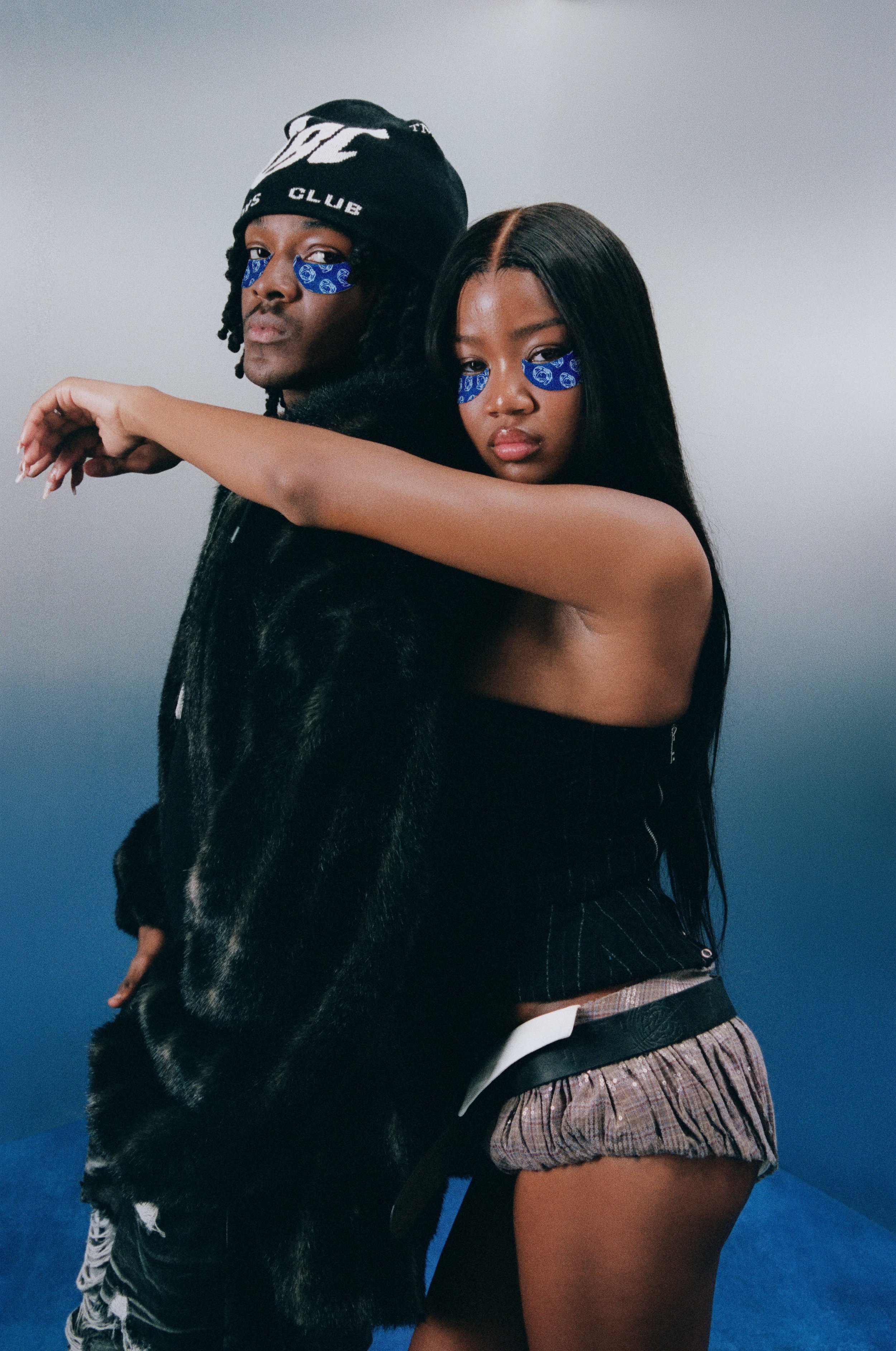Sustainable Fashion Is #NotJustTrending For Charlee Fraser, The Indigenous Australian Model
By Cassell Ferere originally published on Forbes.com
With the fashion world inviting guests to runway shows again, some have focused on changing the entire spectrum, which fashion week is the prism. Currently, Copenhagen Fashion Week has made it their signature to implement sustainable requirements. Participants from sponsors to fashion brands must adhere to a list of mandates to decrease the overall carbon footprint created by a single fashion week.
A consciousness for ethical practice has spread throughout the fashion industry. This tactic goes hand-in-hand with the idea of sustainability, not just as a COVID pandemic lingers but as fashion pivots for solutions to circular production models and manufacturing. These solutions are also intricate to the economics of the people involved in fashion, including farmers, tailors, and various other marginalized groups who are likely Indigenous people of these fabric crafting countries.
Becoming a journalist and speaking on issues was always model Charlee Fraser’s plan just before entering the real world during High School.
“When I was in High School, I thought I would be a journalist. I changed ten times in [my] lifetime. Me, sitting in High School, would never have pictured [this]. I always loved to write. I just haven’t done a lot of it. [Writing] is something I picked up pretty quickly and easily.”
After eight years in the fashion industry, the Australian fashion model is making a fashion statement with #NotJustTrending. Charlee Fraser takes it upon herself to dictate the efforts for ethical production for the fashion industry. Utilizing fashion week events that take place in her nation of Australia, as well as worldwide, she sees an opportunity for well-doing.
Fraser says,
“I’ve been modeling for eight and a half years now. It feels weird when people call me an activist. It’s not something you ever plan to do. It’s something you fall into as the thing you believe in, who is active about education. I always wanted to express myself -- have a voice in things - but not in the way things have turned out. I’m so appreciative that people actually wanted to listen to me. I started talking about things I believe in, and you find other people who align with it and join you.”
Fraser is an Indigenous model who was brought up in Newcastle, New South Wales, under white societal norms. Very different from other indigenous people who live in and occupy Missions, the equivalent of Reservations in North America. Fraser remembers her father working on farms to support their family while they lived in the suburbs and were astray of their Indigenous culture.
Today, Fraser recognizes her position as a public figure to represent fellow Indigenous people on a broader platform; for models, designers, farmers, and craftspeople of the fashion industry. Fraser’s efforts culminate in a sustainable fashion guide which she plans to launch on July 4, 2021. This guide will be available to subscribers.
She intends
“to help better educate consumers and industry peoples on today’s terminology regarding ethics and eco-friendly companies and brands.” As a public figure, she is “making it easier for them to understand and locate a high-end fashion that also better serves our planet.”
What Cecilie Thorsmark has done for Copenhagen Fashion Week as the CEO, Fraser wants to implement as a runway model and activist. Using Afterpay Australian Fashion Week as her platform to showcase the changes to help influence others to make positive and necessary changes.
Rather than her usual walking in fashion shows, she instead arrived as a guest mostly to Australian Fashion Week. Fraser spent the Fall-Winter 2021 season attending a total of 8 shows she felt met her standard for her #NotJustTrending cause and participated in 4 different panel discussions. A high-end fashion model rocking sustainable looks, Fraser’s presence made apparent the many ways fashion can operate ethically and in elevated ways.
Besides cutting her hair to represent a minimal approach to glam, Fraser used sustainable hair care products, make-up, nail polish, and skincare. She commuted to and from shows with sponsored electric vehicle transportation by the German car manufacturer Audi. She spent the week being as conscious as possible, using reusable items and wearing only sustainable designers, Indigenous designers, vintage and second-hand garments. “I wanted to be as eco-friendly as I could be,” Fraser describes.
The Afterpay Australian Fashion Week held its very first Welcome To Country Indigenous smoking ceremony. The ceremony highlighted a 60,000-year-old cultural tradition of the Aboriginal and Torres Strait Islanders before British colonization.
The celebration held at Sydney’s Carriageworks public space, produced by the two-year-old organization, First Nations Fashion and Design, represents Aboriginal and Torres Strait Islander creatives, who Fraser has been an ambassador for over a year now. She also walked exclusively for their runway show and spoke on their panel discussion. AAFW also held an all-Indigenous runway show for the first time in 25 years and hired a sustainable guide to facilitate the logistics for the entire fashion week production.
The Indigenous model’s journey has led her to veganism, for one, as well as finding more culture, consciousness, and a holistic lifestyle. Fraser’s last four years of modeling have led her to become active in education and finding a niche to give her career longevity, a crossover for the young journalist inside her who loves to write.
“The first four years, I was modeling and learning the ropes, getting familiar with the industry, and growing in the modeling industry. For the last four years, I’ve been more active in wanting a career of longevity, branching out, and wanting to do things outside of modeling. It took me a while to find my niche; every girl wants activewear or skincare. I wanted to do something different. My niche came from my culture and my love of nature. I found out where that need was in the [fashion] industry, and now I have a reason to talk about it.”
Continue reading here…
HOW DO YOU FEEL ABOUT FASHION?
COMMENT OR TAKE OUR PAGE READER SURVEY
Featured











Miami Art Week 2025 Powered by Art Hearts Fashion closed out the year with a high-impact, citywide series of runway shows, designer debuts, and star-studded events across Miami’s most iconic venues, celebrating global creativity, inclusivity, and the intersection of fashion, art, and culture.